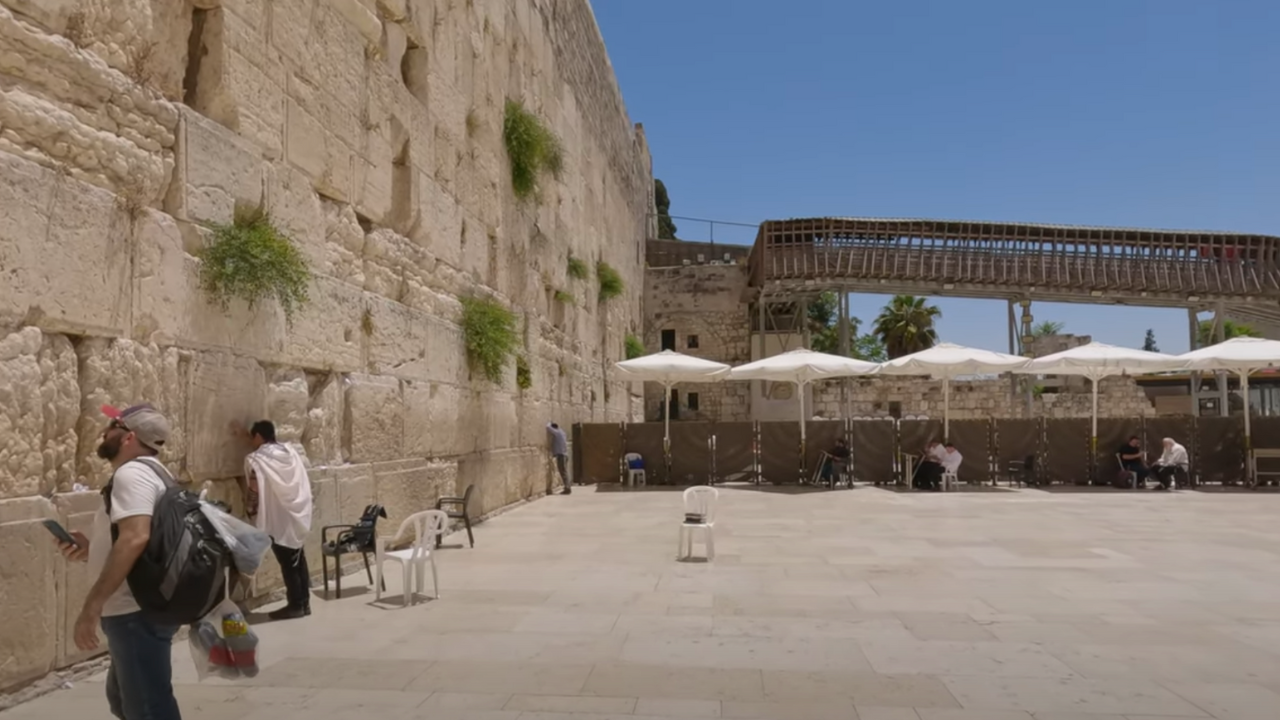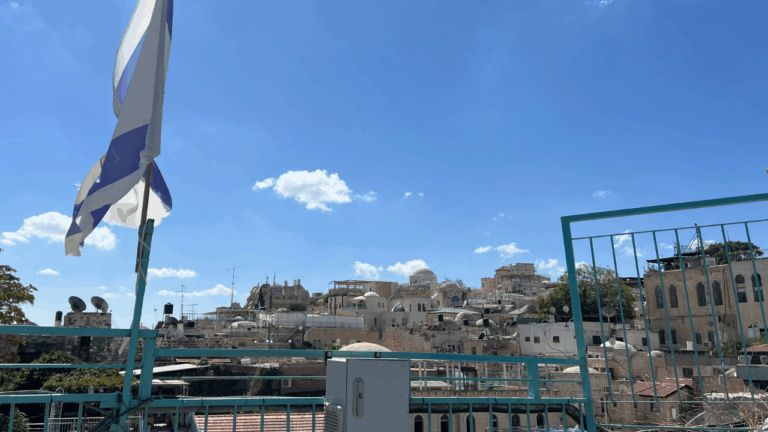Jerusalem in Ashes
Despite Chazal clearly explaining that the true reasons for the laws of parah adumah are ultimately inscrutable, the midrash provides various symbolic interpretations of the laws of our parsha’s opening passages. In one of the Midrash Tanchuma’s renditions of the scriptural passage, it describes the Red Heffer process as a metaphor for the sinful failure of Klal Yisrael and the burning of Jerusalem.
“Take for you a perfectly red unblemished cow,” refers to the beautifully perfect Klal Yisrael when the nation is spiritually complete. In Megillat Eicha, Yirmiyahu refers to the Nezirim of Jerusalem of old as particularly ruddy (4:7), representing their healthy and robust spiritual status. But, this unique cow also “had no yoke laid upon it.” The Midrash explains that this refers to Klal Yisrael throwing off the yoke of Heaven and refusing to serve HaKadosh Baruch Hu. “He shall take it outside the camp,” as the Jewish people are removed from the holy city of Jerusalem, referred to in halacha as the מחנה ישראל. “And slaughter it in his presence” refers to the massacring of the Jewish people, God forbid. “The cow shall then be burned in his presence” refers to the burning of the holy temple and the king’s palace, “its hide, its flesh, its blood, with its dung he shall burn it” refers to the destruction of the general city and its batei midrash. The Midrash continues: “A clean person shall gather the cow’s ashes and place them outside the camp in a clean place, and It shall be as a keepsake for the congregation of the children of Israel for cleansing and purifying water.” The clean person is non-other than Hashem, who will collect the scattered ashes that dispersed across the four corners of the earth after the destruction of Jerusalem. He will restore them in Jerusalem, and sprinkle them with purifying waters.
This haunting but beautiful Midrash is pregnant with meaning. First, an obvious question. In the parah adumah passage, the cow is never restored to her former status. Quite the opposite, she remains annihilated entirely! How could this be an appropriate metaphor for the destruction and eventual restoration of Jerusalem and the Jewish people?
This question assumes that ash is an inappropriate metaphor for a restored Klal Yisrael. But perhaps spiritual ash is exactly the level we are supposed to achieve. Yitzchak Avinu was willing to give up his life for Hashem. Not only did he enthusiastically accept the Heavenly yoke upon himself, but he even was willing to sacrifice his essence and destiny to the Ribbono Shel Olam. Because of this whole-hearted willingness to sacrifice everything, even in life Yitzchak was referred to as a “pile of ash” before the heavenly throne. When the yoke of heaven is willingly and eagerly received, there is no need for physical fire and worldly destruction. These holy ashes can stay in Jerusalem, at the place of the Akeidah on the temple mount.
However, when the Jewish people betray the legacy of Yitzchak and rebel against HaKadosh Baruch Hu’s mastery over them, they are taken out of Jerusalem and only then are burned. Instead of ash that represents total self-negation, these ashes represent spiritual destitution and the waste of endless potential. This ash will remain useless and broken until it is collected by its Master, the King of Kings. He will then pour “living waters” over the ash, purifying it and restoring it to the true recognition of spiritual nullification in front of the Creator of the universe.
Our destiny is bound to HaKadosh Baruch Hu. Either we eagerly nullify ourselves as ash before our Master, or (Rachmana litzlan) foolishly wait till we are forced to become ash. The choice is ours. May we speedily be purified by the Ribono Shel Olam’s living waters and brought back to a restored Jerusalem.



